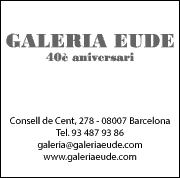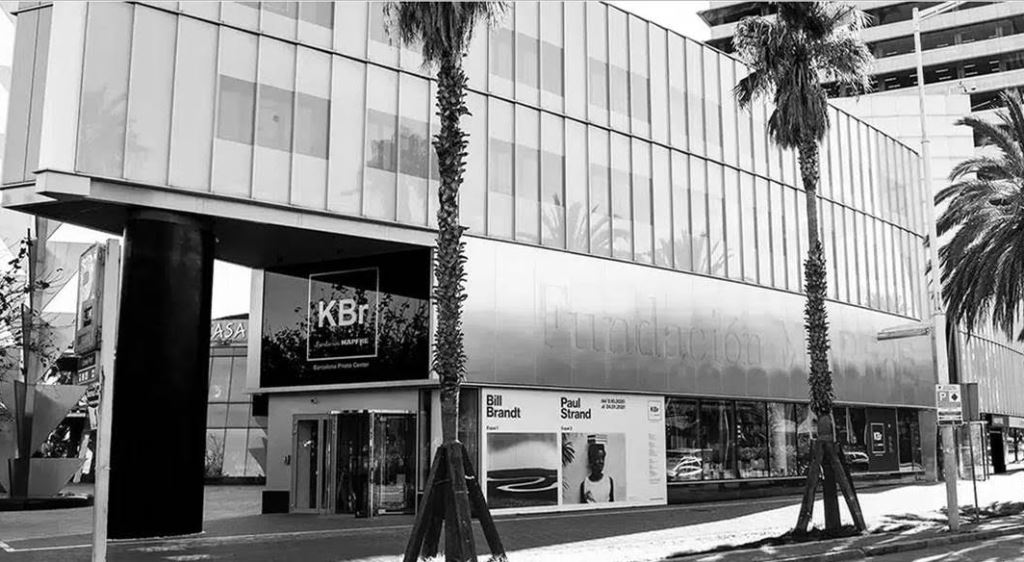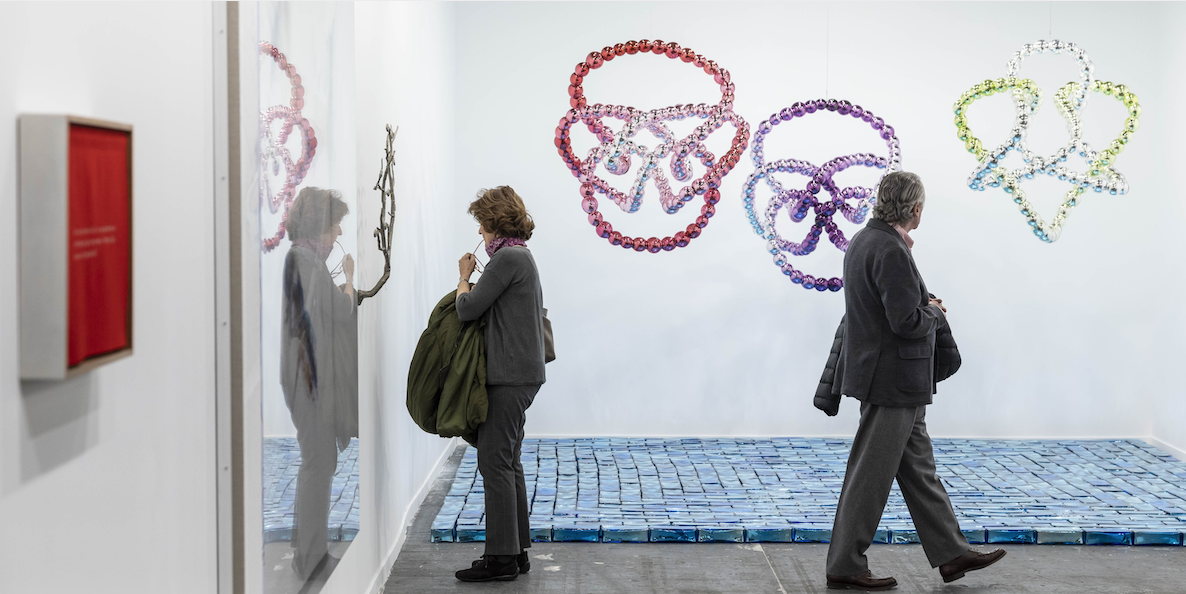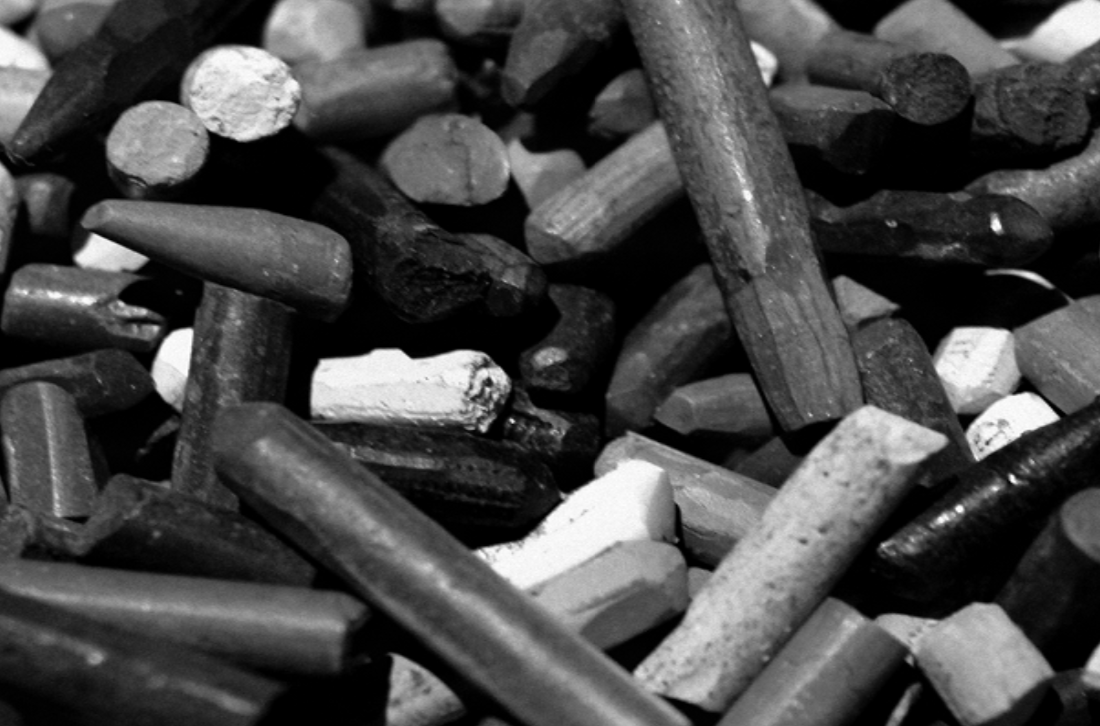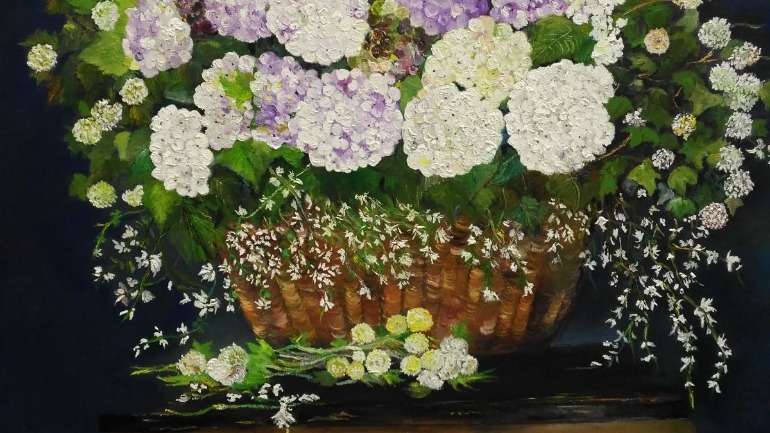Exhibitions
The Network of Art Museums of Catalonia (XMAC) celebrates Liberation Day
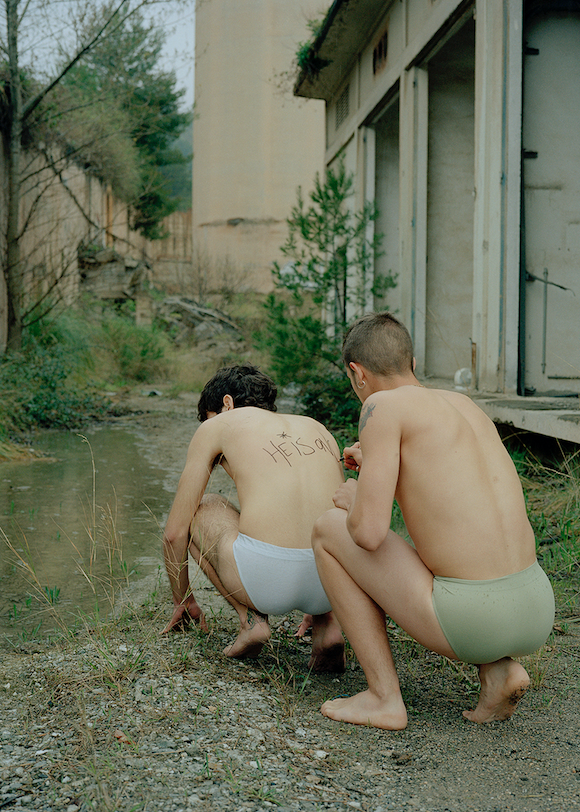
The Network of Art Museums of Catalonia (XMAC), made up of 24 museum facilities in the country, adheres to the demands of Liberation Day which is celebrated every June 28 with a scattered display that allows you to tour the museums in key LGBTIQ+.
The action proposed this year starts from an online curation by the specialists Pere Parramon and Laura Cornejo that allow us to reread some of the works that we can find in the collections of the country's museums with a different look, while making the veil that for centuries has hidden a sexual and affective diversity that has always existed.
According to the curators: "Affective, sexual and gender diversity is part of our nature. In the same way, art, as the most profoundly human expression possible, cannot fail to collect this wealth. Based on works belonging to the collections of the Network of Art Museums of Catalonia, the exhibition scattered throughout the territory, made from the online curator We are who we are, we are how we are, celebrates plurality in the forms to love, to desire, to feel and to think in aesthetic manifestations.”
From June 28, the curation will be available on the website of the Art Museums Network. A small publication will also be published that will allow you to locate the pieces and encourage you to tour the museums. However, the Network claims the visibility of the action in the territory based on the signage, in the permanent collections of the museums, of the pieces that make up the discourse, with a panel and an identifying poster and that will allow new readings
The selection includes from Roman sculptures to baroque pieces by Andreu Sala, Josep Tramulles or Fra Joaquim Juncosa. Among the historical artists you can find pieces by Ismael Smith, Santiago Costa, Pablo Gargallo, Lluís Uró, Antoni Caba, Josep de Togores, Manolo Hugué, Josep Aragay, Francisco Iturrino, Jacques-Émile Blanche, Apel·les Fenosa, Marià Pidelaserra , Rafael Sala, Marisa Roësset, Néstor, Benoît-Louis Henríquez, Joaquim Sunyer, Antoni Estruch Bros, Rossend Nobas, Julio Antonio, Josep Masana, Antoni Fabrés, Adolfo Wildt, Miquel Blay, and Rebull.
And as for contemporary creators, works by Antoni Llena, Toni Torrell, Neus Buira, Joan Morey, Cabello/Carceller, Mar C. Llop, Paco y Manolo, Nazario, Saura-Torrente, Ettore Sottsass and BD have been selected Barcelona, Ignasi Esteve and Randomagus. The exhibition includes fifty-five works distributed in twenty-three museums, is organized in an introduction, fourteen areas and an epilogue, and has three points of view: The representation of LGBTIQ+ realities, as can be seen in works such as Parella of women by Marià Pidelaserra, or identity constructions by the trans artist Mar C. Llop.; The presence of artists from the LGBTIQ+ group, such as Joan Morey, the couple Paco and Manolo or, going back in time, the Canarian artist Nèstor and Marisa Roësset and Examples of the queer appropriation of pre-existing references, as happens with so many images of San Sebastià and Santa Lliberada, or the eroticization of male academies.


